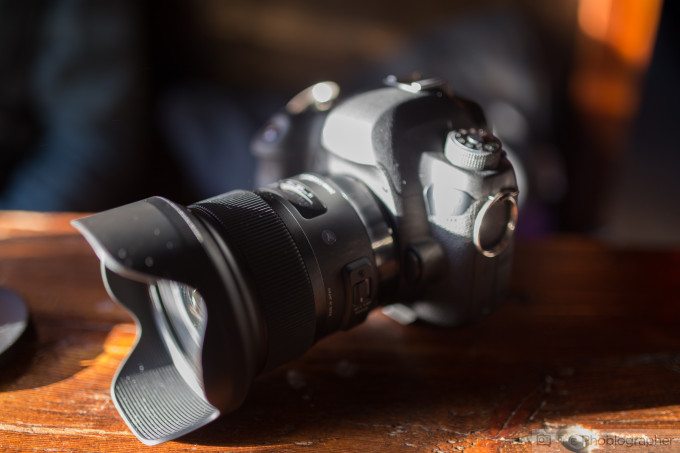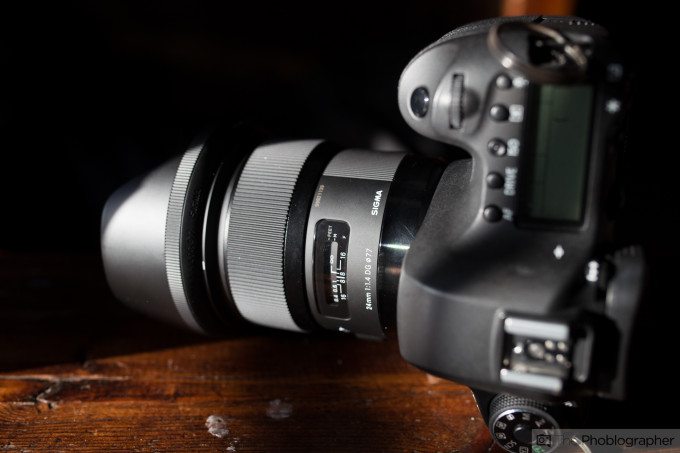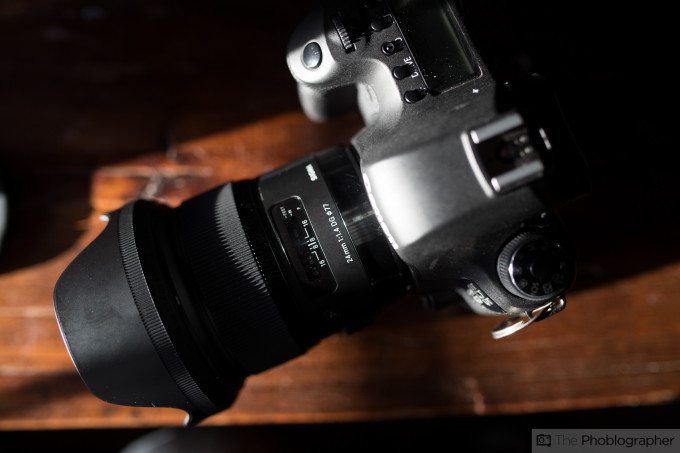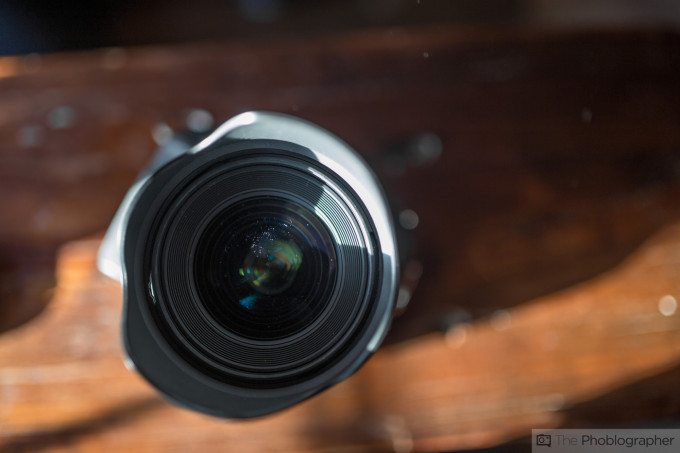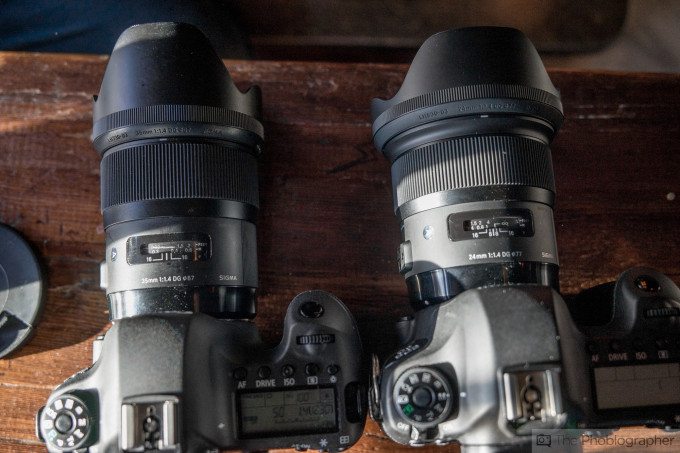Very recently, we had the chance to play with the Sigma 24mm f1.4 lens that was recently announced. As the latest addition to the Art series of lenses, this is Sigma’s third full frame prime lens that is part of their Global Vision initiative. The lens has a minimum focusing distance of 9.8 inches. Additionally, the 24mm incorporates both “F” Low Dispersion (FLD) glass and Special Low Dispersion (SLD) glass, has an optical formula 15 elements in 11 groups which the company claims to help to minimize chromatic aberration of magnification especially in the edge of the image field, and has aspherical elements placed near the rear of the lens. Finally, the lens has manual focus override even when the autofocus is activated.
We played with a pre-production copy, and what we saw got us more excited than any other lens that we’ve seen so far.
Tech Specs
Specs taken from the B&H Photo listing of the product
| Features | |
|---|---|
| Autofocus | Yes |
| Physical | |
|---|---|
| Filter Thread | Front:77 mm |
| Dimensions (DxL) | Approx. 3.35 x 3.55″ (85 x 90.2 mm) |
| Weight | 1.46 lb (665 g) |
Ergonomics
The Sigma 24mm f1.4 Art lens is a lens that is very much like many of the company’s other Art lens offerings. It has a metal exterior, big focusing ring, distance scale, and AF/MF switch. It’s beautiful–and looks something like Hasselblad glass.
The lens has an equivalent size to something about the size of a healthy apple, and this isn’t deniable at all once you hold the lens. It won’t look like the red (or green or yellow) delectable fruits, but it surely will make you think of them after you hold this lens.
The front of the lens has a 77mm front filter thread that can be protected by the lens hood. But otherwise, that’s a whole lot of front element for many photographers.
Build Quality
The build quality of the 24mm f1.4 Art lens is very comparable to the 35mm f1.4 and 50mm f1.4 Art offerings. With that said, you know that they’re going to be solid feeling optics, just without weather-sealing. The lens feels like an apple in your hand–a bit smaller than the 35mm f1.4 Art and a lot like the older 50mm f1.4 Sigma offering when it comes to size.
But in all honesty, there is very little in this world that feels as great as a brand new Sigma lens. Years ago, we never thought that we would say that.
Ease of Use
Slap it onto the camera, focus, shoot and be surprised. That’s pretty much all that there is to it. The lens doesn’t have a very good zone focusing/depth of field scale. So don’t even bother with it.
Autofocus Performance
Of all the Sigma lenses that we’ve tested, this one is the quickest to focus. We’re not talking about Micro Four Thirds speeds, but they’re indeed quite speedy. The lens has a focusing speed comparable to something like Sony’s full frame A7s when the lens is mounted to the Canon 6D.
Image Quality
Though we weren’t allowed to put an SD card into the camera, we can tell you that this lens is about to give Canon and Nikon a run for their money–and maybe even Rokinon. In many situations that we shot it in in a bar with very contrasty light, it exhibited no purple fringing and amazing distortion control.
Seriously, it made me think that I was drinking too much whiskey at one point. But I surely wasn’t.
First Impressions
We had the opportunity to play with the lens for around an hour and a half, and it seemed like a very wonderful experience to us. It focuses quickly, has solid image quality, a fairly smallish size, great build, and a great price too. What more could you ask for?
Of course, we’re going to wait until we get our review unit in to give our final judgements.


